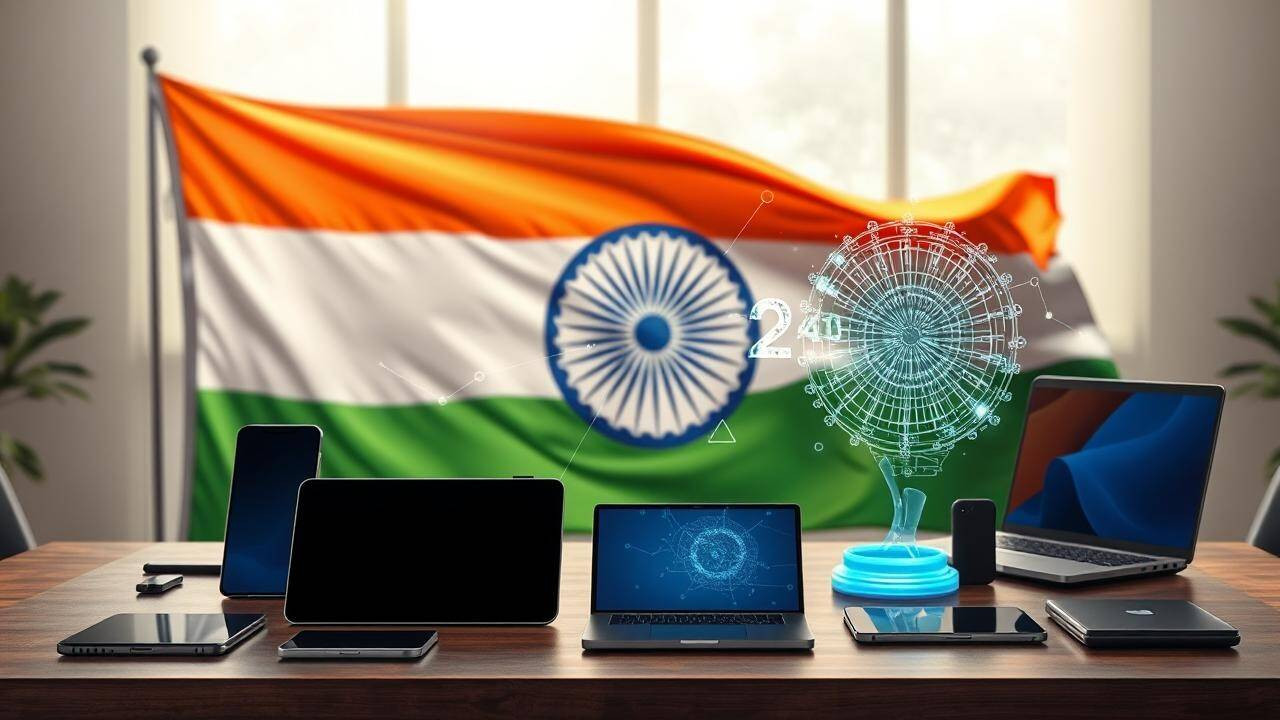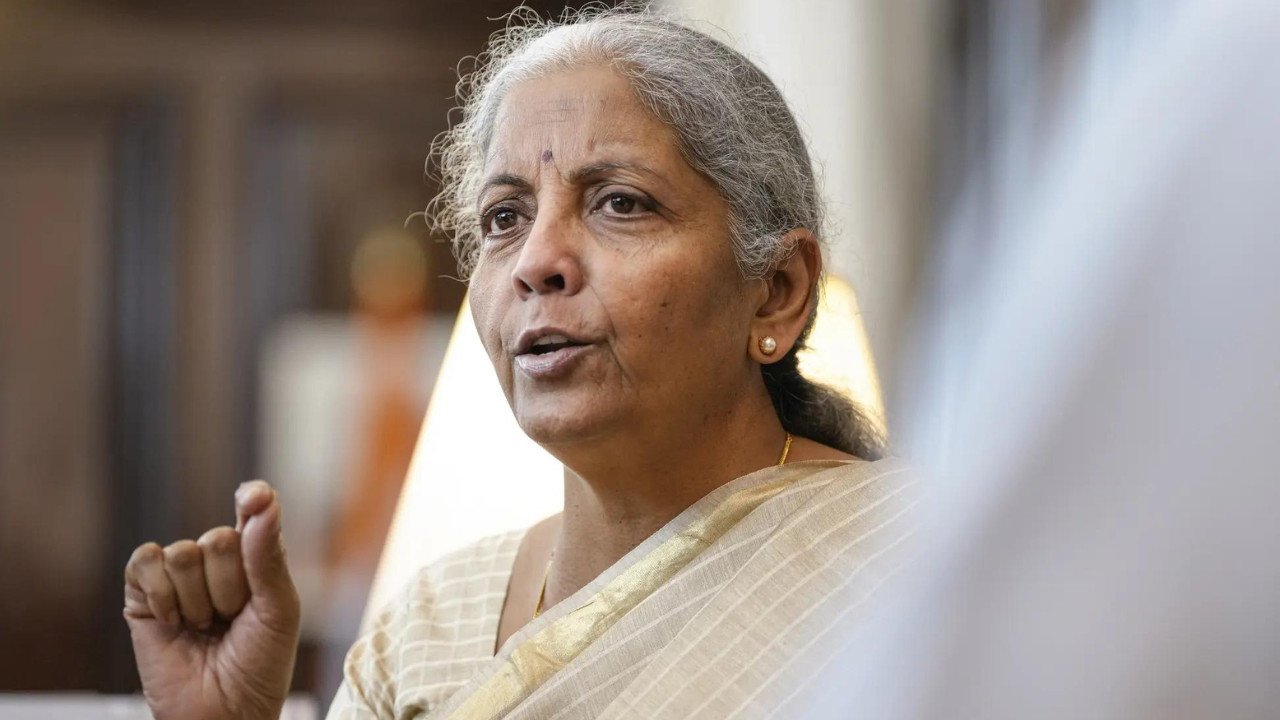India confronts significant economic and security vulnerabilities due to its heavy reliance on US digital platforms, as highlighted by GTRI. The think tank advocates for a phased “Digital Swaraj Mission” to achieve self-reliance in key technological areas like OS, cloud, cybersecurity, and AI by 2030.
India’s Tech Independence: Dreaming of a Digital Swaraj by 2030
The idea of “Swaraj,” or self-rule, resonates deeply in India’s history. Now, that same spirit of independence is being applied to the digital realm. A recent report from the Global Trade Research Initiative (GTRI) is making waves, urging India to aggressively pursue self-reliance in crucial tech sectors, specifically cloud infrastructure and operating systems, by the ambitious deadline of 2030. But why this urgency, and what’s at stake?
The core argument boils down to reducing our reliance on US-dominated technology. The GTRI isn’t suggesting a complete severing of ties, but rather a strategic diversification and development of indigenous alternatives. Think of it as building our own strong foundation alongside the existing structures, ensuring stability and control over our digital destiny.
Why Reduce Dependence on US Tech?
The report highlights several key risks associated with over-dependence. Firstly, there’s the issue of data sovereignty. When Indian data resides primarily on foreign-owned servers, it becomes subject to foreign laws and regulations. This raises concerns about privacy, security, and the potential for surveillance. Imagine critical national infrastructure data being vulnerable to external influence – a chilling thought.
Secondly, there’s the economic angle. A significant portion of the revenue generated from digital services flows out of India to these tech giants. By fostering local innovation and building our own cloud and OS ecosystems, we can retain more of that value within the country, fueling domestic growth and creating jobs. This aligns perfectly with the “Make in India” initiative, propelling us towards becoming a global tech powerhouse.
Finally, dependence creates vulnerabilities. Geopolitical tensions or changes in US policy could disrupt access to essential technologies, crippling vital services and hindering economic progress. A diverse and resilient digital infrastructure, built on Indian innovation, safeguards against such risks.
The Roadmap to Digital Independence: Cloud and OS
So, how does India achieve this technological self-reliance? The GTRI report emphasizes a two-pronged approach, focusing on cloud infrastructure and operating systems:
* Cloud Computing: The report suggests incentivizing the development and adoption of Indian cloud platforms. This could involve government procurement policies that favor local providers, financial support for startups in the cloud space, and the creation of open-source cloud technologies tailored to Indian needs. Building a robust and secure domestic cloud ecosystem is paramount.

* Operating Systems: Currently, Windows and Android dominate the desktop and mobile OS landscape in India. The GTRI proposes supporting the development of indigenous operating systems, potentially based on open-source platforms like Linux. This would require significant investment in research and development, as well as initiatives to encourage developers to create applications compatible with these new operating systems. Consider the potential of a truly “Made in India” OS, designed with our unique requirements and cultural context in mind.
The Challenges Ahead
The path to digital Swaraj is undoubtedly challenging. Overcoming the entrenched dominance of existing players will require a concerted effort from the government, private sector, and academia. Funding, talent acquisition, and standardization are key hurdles. Moreover, public awareness and trust in indigenous technologies need to be cultivated.
However, the potential rewards are immense. A self-reliant digital economy will not only bolster India’s economic growth and national security but also empower its citizens and businesses to fully participate in the digital revolution. We can also learn from other countries, like China, which have taken similar paths, adapting strategies that align with India’s unique needs and strengths. We can also look at domestic innovations in the fintech space, like the UPI payment system, as examples of how we can successfully build and implement home-grown solutions. Learn more about other aspects of India’s digital landscape and [digital transformation initiatives here](internal-link-to-related-content).
A Future Forged in Digital Independence
The GTRI report isn’t just a call for action; it’s a vision of a future where India controls its digital destiny. Achieving true digital Swaraj by 2030 will require bold policies, strategic investments, and a collaborative spirit. It’s a challenging goal, but one that’s vital for India’s long-term prosperity and security in an increasingly interconnected world. India’s moment to achieve true digital independence is now.






